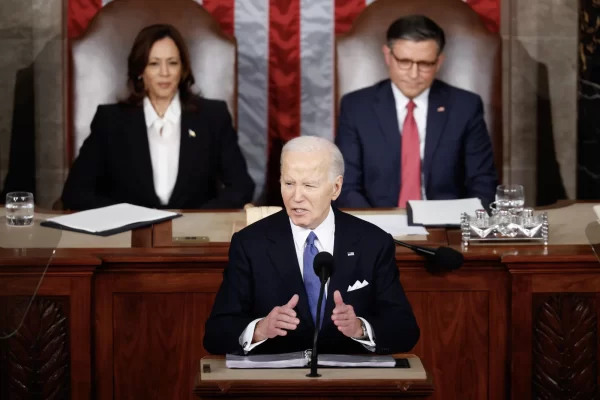The Impact of Daylight Savings Time
Some questions you may ask about daylight saving time are: Why is there light at six am? Do we gain or lose an extra hour? Does it cost us money?
Daylight savings is when an extra hour is added to the day so that it stays light longer. Fall is when daylight savings ends, and that extra hour is subtracted. Take a look at the picture–you can see that at eight am, the sun has moved ahead in time after the end of daylight savings.
The concept of Daylight Savings Time was introduced by astronomer George Hudson. His idea was first implemented in the German empire and Austria Hungary on April 30, 1916. The idea was also implemented during the 1970 energy crisis. Daylight savings can really be beneficial to people as it can help people get more sleep, wake up in the bright morning, and avoid car accidents due to people getting more sleep. However, for some people, it has a negative effect as it can affect the body’s internal clock called the circadian rhythm.
To hear some stories from students at Green Level, we interviewed Gowtham Tharmar, a sophomore. He is really happy that he gets an extra hour of sleep, and that the one hour of extra sleep helps him wake up in a brighter morning. Furthermore, He said that “daylight savings is great, as its advantages are bigger than its disadvantages, and the only disadvantage would be not knowing about it.”

Pranav is a sophomore who runs Cross Country and Track and Field. He aspires to work in a STEM-related field like computer science. He loves his family...

Sharath Kumar Rameshbabu is a 14-year-old freshman, and a kind and helpful student. Sharath loves to play sports, travel, and volunteer. Sharath's favorite...












